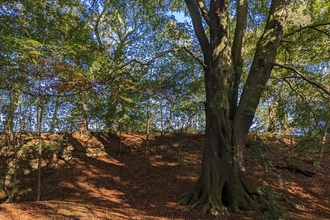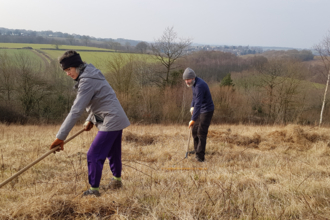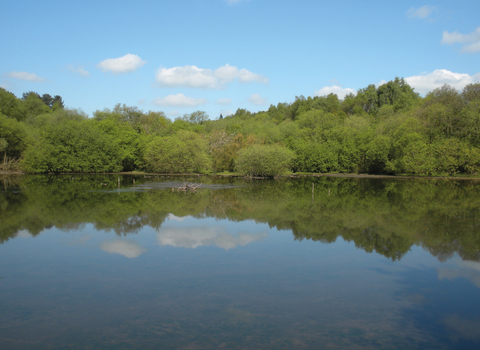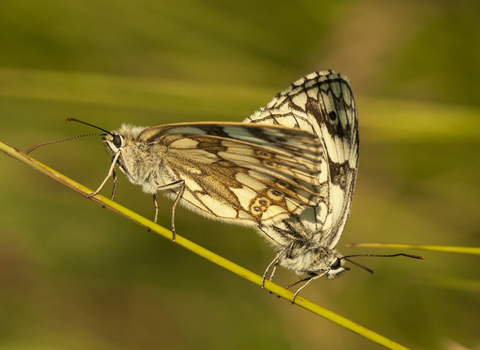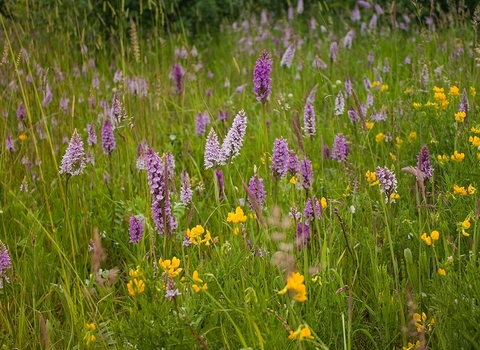Hetchell Wood Nature Reserve - Joanna Richards
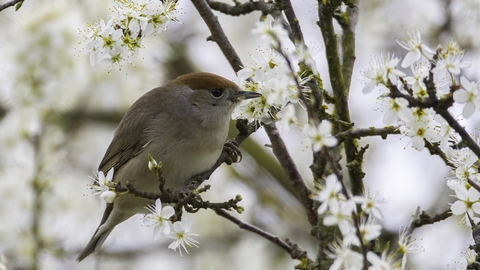
female Blackcap © Barry Wardley 2021
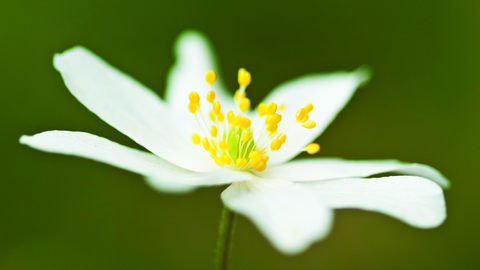
(c) Elliott Neep
(c) Pete Batchelor
Hetchell Wood Nature Reserve
Location
Know before you go
Dogs
Please still to the public footpath and respect the local wildlife by keeping dogs on a short lead.
When to visit
Opening times
Open at all times. We recommend a half day trip for this reserve. For a longer day out, visit the intriguing earthworks of Pompocali, next to Hetchell Wood, visit the market town of Wetherby, or explore Ox Close Wood, managed by East Keswick Wildlife Trust.Best time to visit
March to SeptemberAbout the reserve
Full of zigzagging paths to discover, nooks to explore, and sounds and smells all around… a visit to Hetchell Wood is huge fun. This magnificent ancient woodland is a soothing retreat, with the soft trickle of the bubbling Bardsey Beck in the background. A circular walk takes you through a variety of habitats on this undulating reserve, with towering rocky crags, secret pools, and spectacular views of the valley from the top.
In spring, the woodland floor is graced by a beautiful sea of fragrant wild garlic, along with bluebells and yellow archangel, alongside a grassland area filled with flowers that gives the woods a beautiful pop of colour and light and attracts a variety of insects. In autumn it’s a festival of fungi and foliage as the leaves change colour and fall, and winter brings a chance to spot birds and animals as they emerge from the undergrowth.
Hetchell Wood is home to a very strange and special plant that only occurs in Yorkshire at a handful of sites – the thistle broomrape. It has no leaves or chlorophyll and is a parasite that mostly relies on creeping thistle for nutrients. And if you look closely at the base of hazel trees, you might find the unusual toothwort, another parasitic plant. There’s something for everyone to enjoy here, no matter what your interest or knowledge!
Species
Contact us
Environmental designation
About
When visiting Hetchell Wood for the first time you soon become enthralled by its beauty and awakened to a landscape which appears locked in times gone by.
Walking through the woodland, evidence of historical coppicing for fire wood is all around. The multi-stemmed hazel stools grow back with vigour and the recent re-establishment of this ancient practice lets in valuable light to the woodland floor, igniting wildflowers from the soil's depths and promoting regeneration of the trees themselves.
The grassland which lies at the centre of the nature reserve sits like a jewel in the crown, showcasing a once more widespread snapshot of how pastures used to look before intensive farming became common-place. A host of wildflower species are found here providing a valuable nectar source for a variety of insects.
Picture perfect images are created year-round with the stream at the bottom, which meanders slowly amongst the trees and the rocky outcrops alongside the bridleway.
The beech plantation provides dappled light and some magnificent mature trees which add further interest to an afternoon walk.
Leeds Coppice Workers
Coppicing here is carried out by the Leeds Coppice Workers, who are a co-operative working group formed to produce local and ethically sourced wood products and provide jobs in Leeds. They also work at Townclose Hills Nature Reserve, which we manage jointly with Leeds City Council.
Seasonal highlights
- Spring: Plants - Bluebell; Ramsons (wild garlic); Early purple orchid; Wood anemone; Greater stitchwort; Toothwort
- Summer: Plants - Thistle broomrape; Yellow archangel; Dyers greenweed; Birds - Blackcap
- Autumn: Fungi; Birds - Treecreeper; Jay; Plants - Devil's-bit scabious
- Winter: Birds - Tawny owl; Nuthatch; Mammals; Roe deer
Directions
Public transport
A bus runs via Bardsey, alight here and walk approximately 1 mile to the nature reserve.
By car
The nature reserve is seven miles north east of Leeds. If approaching from Wetherby via the A58 Leeds-Wetherby road, to reach the main entrance on Milner Lane take the left turn signposted Thorner at the Bracken Fox pub crossroads at Scarcroft. Keep left at a triangular intersection and the nature reserve entrance is on the left, 0.5 miles further on. There is also a public footpath (parking for a few cars) from the side of the A58 at Bardsey.
Did you know?
Hetchell Wood is close to the Harewood House Estate, where red kites were released in 1999. Keep looking up for these impressive birds.
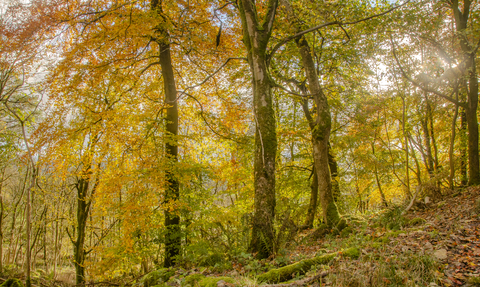
The autumn colours were even more beautiful when the sun came out
Photo Credit - Telling our Story Volunteer, Sara

